
Happy Sunday.
Here are a few stories you missed in the California Sun over the last week.
Get the daily newsletter at 33% off using this link.
Sun sampler
1

Flapper girls posed for a portrait, circa 1925, during the heart of the Roaring Twenties.
Kirn Vintage Stock/Corbis via Getty Images
After the flu pandemic raced through California in 1918 and 1919, San Francisco ushered in a period “when hemlines got higher, morals got lower, and the party never stopped.” As the coronavirus now recedes, many people are now predicting a return of the exuberance that defined the Roaring Twenties a century ago. The California Sun asked two experts to offer their predictions of the next few years in California.
2
A GoFundMe set up for an Asian American grandmother who was attacked on the street in San Francisco had raised an incredible $599,000 as of early Friday. Xiao Zhen Xie, 75, said she was punched by a man without provocation as she leaned against a light pole on Wednesday, leaving her with a badly bruised face. Witnesses said Xie fought back, injuring the man. Police said the suspect, who was arrested, had attacked an 83-year-old Asian man earlier that day. S.F. Chronicle | CBS SF
3

Recruits trained at Marine Corps Recruit Depot in San Diego.
Mike Damron/KPBS
Hand-to-hand combat. Daily quizzes on military history. One phone call per week.
For the first time, women are training alongside men at a Marine boot camp in San Diego. “They have to show everyone that they are worthy to be here,” a drill instructor said. KPBS published a great photo essay on the 60 women of Lima Company.
4
A small minority of wolves are long-distance travelers, and no one really knows why. They can go 20 miles without breaking stride and cover 50 miles in a day. In one extraordinary odyssey, a female left southern Oregon in early 2018, roamed eight California counties, crossed briefly into Nevada, and returned to Oregon twice. In all, she traveled more than 8,700 miles looking for a mate. Here’s a great read on the return of wolves to California that includes some fantastic wolf photos. Smithsonian Magazine
5
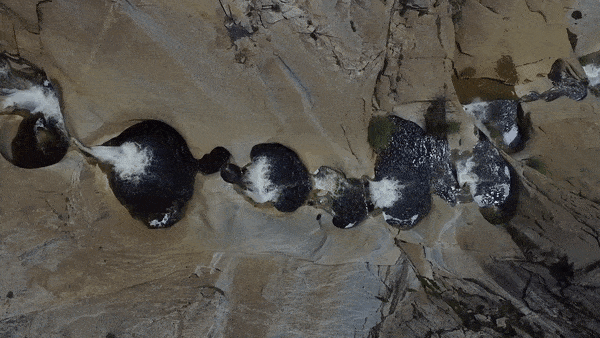
The seven teacups spill along a tributary to the Kern River.
Gif created from video by Matt Skuta.
Deep within the Sequoia National Forest is a geological marvel like few on earth. Just off the north fork of the Kern River, a tributary spills down a vertical granite canyon via a succession of massive, naturally carved pools. It’s known as the seven teacups, and it’s a bucket list item for canyoneers around the world. On a summer’s day, people can be found there rappelling, sliding, and leaping from one teacup to the next. Matt Skuta, a Los Angeles filmmaker, captured some awesome drone views. YouTube
6
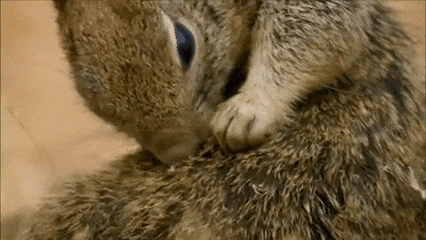
A crafty squirrel smeared rattlesnake skin into its fur.
Fun fact: California ground squirrels have devised an ingenious way to protect themselves from rattlesnake attacks. When they happen upon a shedded rattlesnake skin, the squirrels chew it up and smear the mush all over their fur and that of their pups. Rattlers, which hunt by smell, become oblivious to their presence. Here’s a great little video showing squirrels in the act. PBS Nature (~2 mins)
7
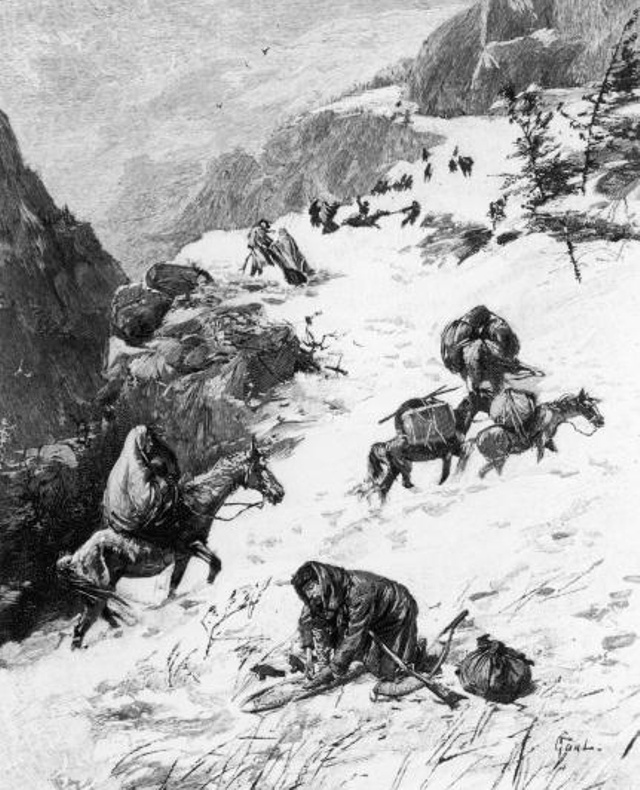
An artist’s depiction of the Donner Party, snowbound in the Sierra.
Fotosearch/Getty Images
The familiar story of the Donner Party is one of misfortune, madness, and profound isolation. But archaeologists have come to believe that the Midwestern migrants who became trapped in the northern Sierra during the winter of 1846-47 were not alone.
While October snowfall represented a catastrophe for the pioneers’ wagon train as they crossed the mountains, it would have been wholly ordinary to members of the local Washoe tribe, whose way of life had been adapted to the Lake Tahoe region for thousands of years.
During the warm months, the natives gathered stores of pine nuts, roots, and dried rabbit meat. In the winters, they wore cloaks of rabbit fur, ice fished, and huddled in willow huts with central fire pits. Three winters before the arrival of the Donner Party, the frontiersman John Fremont recorded an encounter with the Washoe. As his men struggled through deep snow, he wrote, three natives were seen, “circling around us on snow-shoes and skimming along like birds.” The tribesmen returned later with an offering of pine nuts.
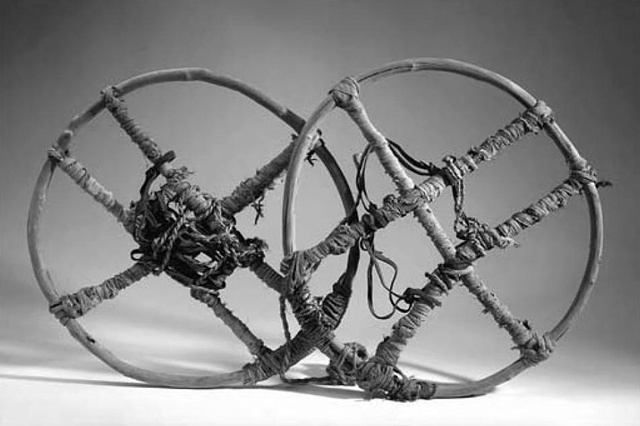
The Washoe used snowshoes fashioned from bent hardwood and animal sinew, similar to these.
American Museum of Natural History, via “An Archaeology of Desperation”
According to Indigenous histories, Washoe scouts kept close track of strangers in their territory. The migrants, among the few whites they had ever seen, would have aroused intense interest. But Donner testimonies mentioned only a few encounters. In one, William Eddy, a carriage maker from Illinois, fatally shot a Washoe man who had fired arrows into their oxen. In another, a tribesman emerged from the wilderness and offered the foreigners a handful of edible roots.
But those almost certainly weren’t the only encounters. The 2011 book “An Archaeology of Desperation” introduced historical accounts overlooked in the popular telling of the Donner story: those passed down to the great-great-grandchildren of Washoe members present during the Donner encounters.
Numerous times, according to the oral histories, Washoe scouts brought the stranded migrants food — including a deer carcass, fish, and wild potatoes — but were met with hostility. On one occasion, an offering of fish was refused. On at least three others, the Washoe approached the Donner camps with food only to be met by gunshots, leaving one man dead.
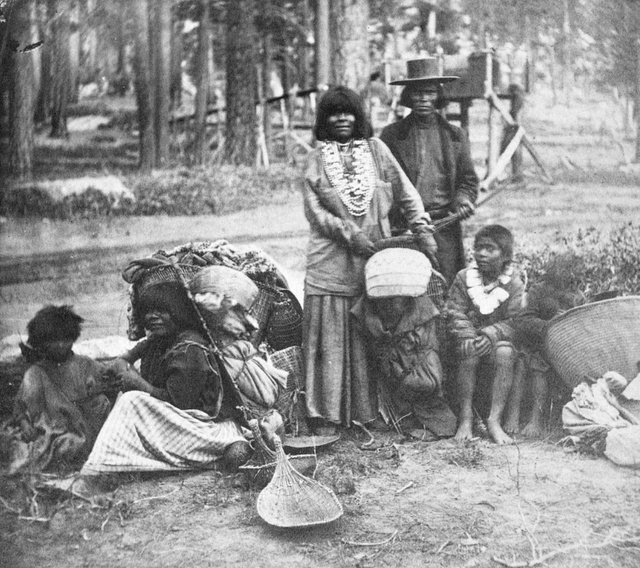
Washoe Indians at Lake Tahoe, circa 1860-1870.
When a scout saw the white people cannibalizing their dead, the tribe was said to retreat, afraid they too might be killed and eaten. From then on, the Washoe referred to the migrants as “not people.”
Of roughly 80 pioneers who set out for California from Missouri, only half survived. Their apparent distrust of the Sierra natives, even as starvation loomed, likely came from their experiences on the trail, historians say. During the three weeks before their arrival in Washoe country, members of the migrant train reported being shot at and robbed of horses and cattle. But native histories, supported by archaeological evidence, suggest the Washoe tried to help them, wrote Julie Schablitsky, an archaeologist who performed excavations at the Donner site in the early 2000s.
Once the migrant camps were deserted, tribal members returned to burn and bury objects left behind in a bid to drive away unwelcome spirits. But the Donner Party was only a harbinger of what was to come. Gold was discovered down the mountain range a year later. Before long the region was swarmed by prospectors, and the Washoes’ way of life was put on a path toward oblivion.
Wake up to must-read news from around the Golden State delivered to your inbox each morning.